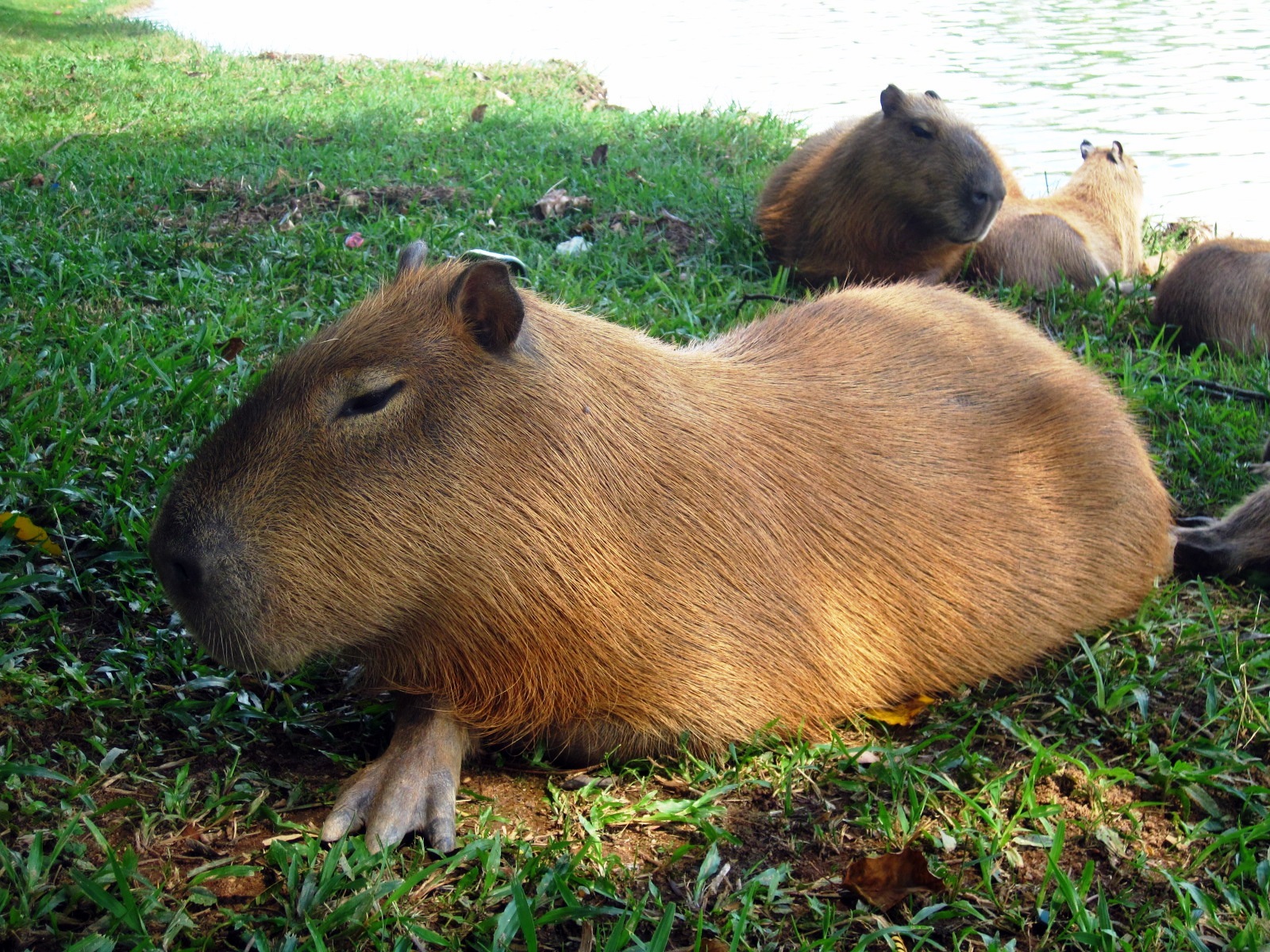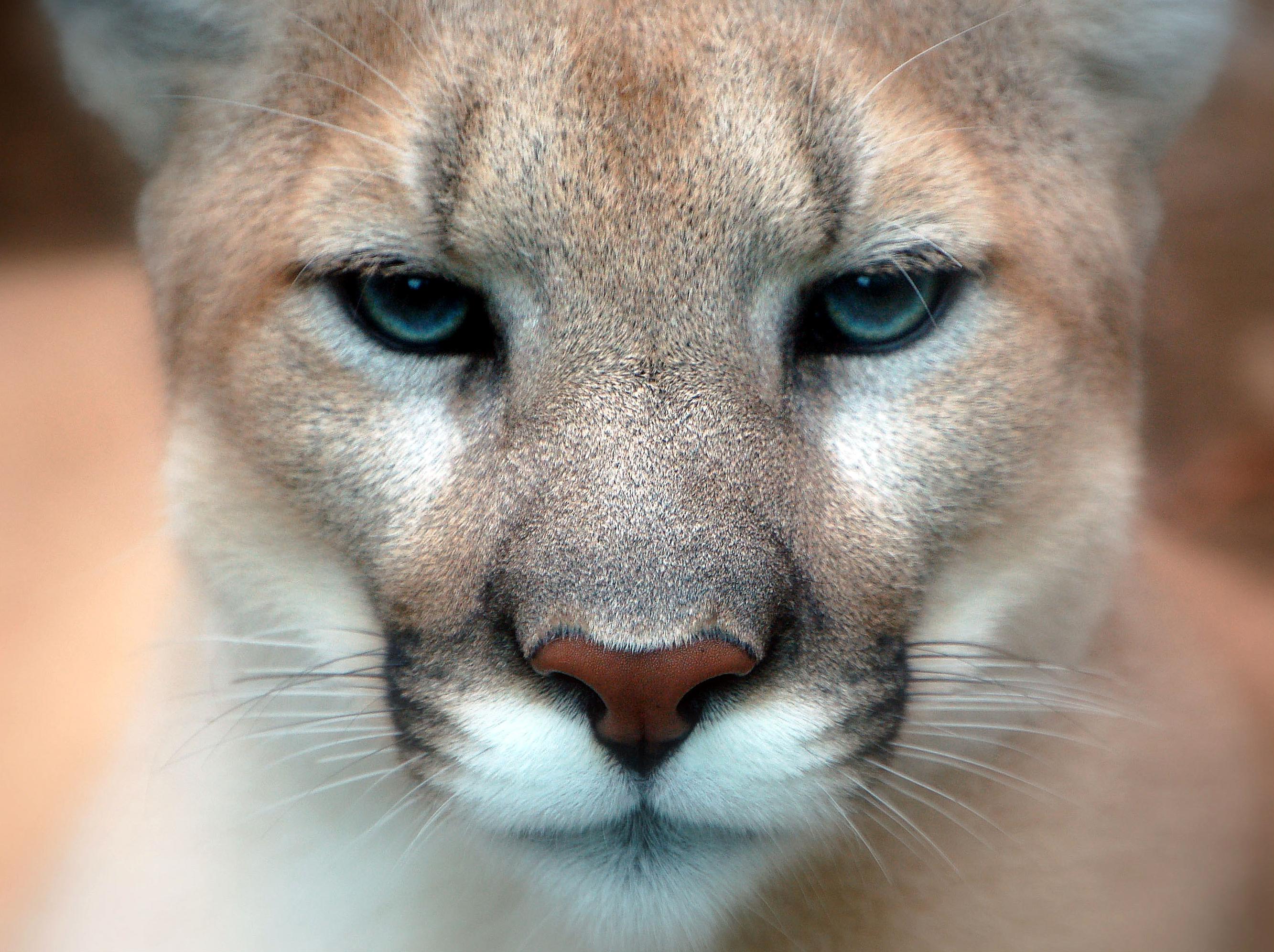|
Bryconops Florenceae
''Bryconops florenceae'' is a small freshwater fish that inhabits the rivers of South America. Comprehensive research is lacking due to ''B. florenceae'' being the most recently described of the genus, but researchers believe it to be a relatively widespread species. It is found throughout the Maroni, Mana, and Sinnamary river basins, which defines its range within Suriname and French Guiana. Originally documented in a guide to the freshwater fishes of French Guiana published in 1996, ''B. florenceae'' was not officially named until 2021. Even in 1996, there was suspicion that it was yet unknown to science, despite resembling many of the native fish already identified. Description ''Bryconops florenceae'' measures from 7.55 to 9.45 cm in standard length when fully grown. This places it slightly to the larger side of the genus ''Bryconops'', though all members are of a similar size (within a roughly 3cm range). Its scales are generally silvery with a touch of tan towards the d ... [...More Info...] [...Related Items...] OR: [Wikipedia] [Google] [Baidu] |
Iguanodectidae
Iguanodectidae is a family of freshwater fish in the order Characiformes that lives in South America. It is home to the subfamily Iguanodectinae (Eigenmann, 1909) and the monotypic '' Bryconops'' clade. Several species in the family, such as the green line lizard tetra (''Iguanodectes spilurus''), the tailspot tetra (''Bryconops caudomaculatus''), and the orangefin tetra (''Bryconops affinis''), are sometimes taken as aquarium fish. Description Iguanodectids are generally small, and are brightly colored or reflective, making them moderately-popular ornamental fish. They range from 3.1 cm to 15 cm SL (standard length). They are rather narrow in shape, somewhat resembling minnows; ichthyologist Carl H. Eigenmann compared them to smelt. Habitat Iguanodectids are found in South America, spread all across the northern half of the continent. Though they primarily inhabit freshwater, Iguanodectid fishes are known to tolerate brackish water as well. Habitat destruction, ... [...More Info...] [...Related Items...] OR: [Wikipedia] [Google] [Baidu] |
Characiformes
Characiformes is an order of ray-finned fish, comprising the characins and their allies. Grouped in 18 recognized families, more than 2000 different species are described, including the well-known piranha and tetras.; Buckup P.A.: "Relationships of the Characidiinae and phylogeny of characiform fishes (Teleostei: Ostariophysi)", ''Phylogeny and Classification of Neotropical Fishes'', L.R. Malabarba, R.E. Reis, R.P. Vari, Z.M. Lucena, eds. (Porto Alegre: Edipucr) 1998:123-144. Taxonomy The Characiformes form part of a series called the Otophysi within the superorder Ostariophysi. The Otophysi contain three other orders, Cypriniformes, Siluriformes, and Gymnotiformes. The Characiformes form a group known as the Characiphysi with the Siluriformes and Gymnotiformes. The order Characiformes is the sister group to the orders Siluriformes and Gymnotiformes, though this has been debated in light of recent molecular evidence. Originally, the characins were all grouped within a single f ... [...More Info...] [...Related Items...] OR: [Wikipedia] [Google] [Baidu] |
Fish Described In 2021
Fish are aquatic, craniate, gill-bearing animals that lack limbs with digits. Included in this definition are the living hagfish, lampreys, and cartilaginous and bony fish as well as various extinct related groups. Approximately 95% of living fish species are ray-finned fish, belonging to the class Actinopterygii, with around 99% of those being teleosts. The earliest organisms that can be classified as fish were soft-bodied chordates that first appeared during the Cambrian period. Although they lacked a true spine, they possessed notochords which allowed them to be more agile than their invertebrate counterparts. Fish would continue to evolve through the Paleozoic era, diversifying into a wide variety of forms. Many fish of the Paleozoic developed external armor that protected them from predators. The first fish with jaws appeared in the Silurian period, after which many (such as sharks) became formidable marine predators rather than just the prey of arthropods. Most ... [...More Info...] [...Related Items...] OR: [Wikipedia] [Google] [Baidu] |
Anthropogenic Hazard
Anthropogenic hazards are hazards caused by human action or inaction. They are contrasted with natural hazards. Anthropogenic hazards may adversely affect humans, other organisms, biomes, and ecosystems. They can even cause an omnicide. The frequency and severity of hazards are key elements in some risk analysis methodologies. Hazards may also be described in relation to the impact that they have. A hazard only exists if there is a pathway to exposure. As an example, the center of the earth consists of molten material at very high temperatures which would be a severe hazard if contact was made with the core. However, there is no feasible way of making contact with the core, therefore the center of the earth currently poses no hazard. Anthropogenic hazards can be grouped into societal hazards (criminality, civil disorder, terrorism, war, industrial hazards, engineering hazards, power outage, fire), hazards caused by transportation and environmental hazards. Societal hazards ... [...More Info...] [...Related Items...] OR: [Wikipedia] [Google] [Baidu] |
Least-concern Species
A least-concern species is a species that has been categorized by the International Union for Conservation of Nature (IUCN) as evaluated as not being a focus of species conservation because the specific species is still plentiful in the wild. They do not qualify as threatened, near threatened, or (before 2001) conservation dependent. Species cannot be assigned the "Least Concern" category unless they have had their population status evaluated. That is, adequate information is needed to make a direct, or indirect, assessment of its risk of extinction based on its distribution or population status. Evaluation Since 2001 the category has had the abbreviation "LC", following the IUCN 2001 Categories & Criteria (version 3.1). Before 2001 "least concern" was a subcategory of the "Lower Risk" category and assigned the code "LR/lc" or lc. Around 20% of least concern taxa (3261 of 15636) in the IUCN database still use the code "LR/lc", which indicates they have not been re-evalu ... [...More Info...] [...Related Items...] OR: [Wikipedia] [Google] [Baidu] |
International Union For Conservation Of Nature
The International Union for Conservation of Nature (IUCN; officially International Union for Conservation of Nature and Natural Resources) is an international organization working in the field of nature conservation and sustainable use of natural resources. It is involved in data gathering and analysis, research, field projects, advocacy, and education. IUCN's mission is to "influence, encourage and assist societies throughout the world to conserve nature and to ensure that any use of natural resources is equitable and ecologically sustainable". Over the past decades, IUCN has widened its focus beyond conservation ecology and now incorporates issues related to sustainable development in its projects. IUCN does not itself aim to mobilize the public in support of nature conservation. It tries to influence the actions of governments, business and other stakeholders by providing information and advice and through building partnerships. The organization is best known to the wider p ... [...More Info...] [...Related Items...] OR: [Wikipedia] [Google] [Baidu] |
Oyapock
The Oyapock or Oiapoque (; ; ) is a long river in South America that forms most of the border between the French overseas department of French Guiana and the Brazilian state of Amapá. Course The Oyapock runs through the Guianan moist forests ecoregion. It rises in the Tumuk Humak () mountain range and flows into the Atlantic Ocean, where its estuary forms a large bay bordering on Cape Orange. The mouth of the Oyapock is the northern ''end'' of Brazil's coastline, as it is where the border between Brazil and French Guiana meets the ocean, but nearby Cape Orange, which separates the Bay of Oyapock from the Atlantic Ocean, is the northernmost ''point'' of the Brazilian coast. In Brazil, both the cape and the mouth of the Oyapock are often mistaken for the whole country's northernmost point (rather than just of its coastline), and in the past this information could even be found in geography schoolbooks. Yet the true northernmost point in Brazil is actually far inland, on ... [...More Info...] [...Related Items...] OR: [Wikipedia] [Google] [Baidu] |
Approuague
The Approuague river (or Apuruaque in Tupi) is a major river in French Guiana. It is long. It runs north from the Tumuk Humak Mountains to the Atlantic Ocean, almost parallel with the Oyapock, with its mouth by the Pointe Béhague cape. The Approuague Bridge is south (upstream) of Régina Régina is a commune of French Guiana, an overseas region and department of France located in South America. With a land area of , it is the second-largest commune of France. The town is named after the first merchant who settled in the area. .... References Rivers of French Guiana Rivers of France {{FrenchGuiana-river-stub ... [...More Info...] [...Related Items...] OR: [Wikipedia] [Google] [Baidu] |
Brazilian Portuguese
Brazilian Portuguese (' ), also Portuguese of Brazil (', ) or South American Portuguese (') is the set of varieties of the Portuguese language native to Brazil and the most influential form of Portuguese worldwide. It is spoken by almost all of the 214 million inhabitants of Brazil and spoken widely across the Brazilian diaspora, today consisting of about two million Brazilians who have emigrated to other countries. With a population of over 214 million, Brazil is by far the world's largest Portuguese-speaking nation and the only one in the Americas. Brazilian Portuguese differs, particularly in phonology and prosody, from varieties spoken in Portugal and Portuguese-speaking African countries. In these latter countries, the language tends to have a closer connection to contemporary European Portuguese, partly because Portuguese colonial rule ended much more recently there than in Brazil, partly due to the heavy indigenous and African influence on Brazilian Portuguese. Despite ... [...More Info...] [...Related Items...] OR: [Wikipedia] [Google] [Baidu] |
Gallaudet University
Gallaudet University ( ) is a private federally chartered research university in Washington, D.C. for the education of the deaf and hard of hearing. It was founded in 1864 as a grammar school for both deaf and blind children. It was the first school for the advanced education of the deaf and hard of hearing in the world and remains the only higher education institution in which all programs and services are specifically designed to accommodate deaf and hard of hearing students. Hearing students are admitted to the graduate school and a small number are also admitted as undergraduates each year. The university was named after Thomas Hopkins Gallaudet, a notable figure in the advancement of deaf education. Gallaudet University is officially bilingual, with American Sign Language (ASL) and written English used for instruction and by the college community. Although there are no specific ASL proficiency requirements for undergraduate admission, many graduate programs require vary ... [...More Info...] [...Related Items...] OR: [Wikipedia] [Google] [Baidu] |
Philadelphia Zoo
The Philadelphia Zoo, located in the Centennial District of Philadelphia on the west bank of the Schuylkill River, is the first true zoo in the United States. It was chartered by the Commonwealth of Pennsylvania on March 21, 1859, but its opening was delayed by the Civil War until July 1, 1874. The zoo opened with 1,000 animals and an admission price of 25 cents. For a brief time, the zoo also housed animals brought to U.S. from safaris by the Smithsonian Institution, which had not yet built its National Zoo. The Philadelphia Zoo is one of the premier zoos in the world for breeding animals that are difficult to breed in captivity. The zoo also works with many groups around the world to protect the natural habitats of the animals in their care. The zoo is and the home of nearly 1,300 animals, many of which are rare and endangered. Special features include a children's petting zoo, a paddleboat lake, a rainforest themed carousel, a ropes course, and many interactive and educa ... [...More Info...] [...Related Items...] OR: [Wikipedia] [Google] [Baidu] |






